I recently fitted one of those cheapo Chinese diesel space heaters to my motorhome, we do a bit of winter and autumn camping and I thought it would be a good idea to boost the heat in the van as the wife feels the cold (so do I  ) the original Carver gas fire/Fanmaster blown air unit is quite good but takes about 20-30 minutes to start putting out any sort of decent heat. The diesel heater starts putting heat out after a few minutes warming up and even when set to 30 it’s bloody hot
) the original Carver gas fire/Fanmaster blown air unit is quite good but takes about 20-30 minutes to start putting out any sort of decent heat. The diesel heater starts putting heat out after a few minutes warming up and even when set to 30 it’s bloody hot 

Easy to install, hardest part is finding a suitable space to fit it bearing in mind the bulk of the heater is inside the van and you have to route wiring to the heater from the leisure battery which may be a distance away, I had to extend the earth wire. I didn’t use the 10 litre fuel tank as I was fitting it under the side panels, eBay got me a 5 litre box type one which fits nicely in and you don’t get any fumes from the small breather hole, but diesel will leak out of the top on bouncy road conditions so fit a breather pipe to the top of the filler cap (an old bleed nipple tapped into the cap an a piece of tube vented to the outside sorts that), and a few extra connectors helped join the hot air delivery pipe together neatly.
Don’t use the stupid clip connectors, use the screw ones as I found the spring ones weren’t tight enough. Also I found the control unit wire wasn’t long enough but easy to extend by soldering new wires in, I’ve heard that the diesel pump on these units is noisy but with it fitted underneath the van you can’t hear it at all. I fitted a splash guard behind the rear wheel to protect it from road splash and debris.
A worthwhile job if you use your vehicle all year round I think.
Easy to install, hardest part is finding a suitable space to fit it bearing in mind the bulk of the heater is inside the van and you have to route wiring to the heater from the leisure battery which may be a distance away, I had to extend the earth wire. I didn’t use the 10 litre fuel tank as I was fitting it under the side panels, eBay got me a 5 litre box type one which fits nicely in and you don’t get any fumes from the small breather hole, but diesel will leak out of the top on bouncy road conditions so fit a breather pipe to the top of the filler cap (an old bleed nipple tapped into the cap an a piece of tube vented to the outside sorts that), and a few extra connectors helped join the hot air delivery pipe together neatly.
Don’t use the stupid clip connectors, use the screw ones as I found the spring ones weren’t tight enough. Also I found the control unit wire wasn’t long enough but easy to extend by soldering new wires in, I’ve heard that the diesel pump on these units is noisy but with it fitted underneath the van you can’t hear it at all. I fitted a splash guard behind the rear wheel to protect it from road splash and debris.
A worthwhile job if you use your vehicle all year round I think.
Attachments
-
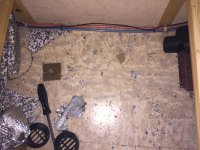 24D813E7-A3BE-4455-9246-057493CC3D5D.jpeg2.2 MB · Views: 102
24D813E7-A3BE-4455-9246-057493CC3D5D.jpeg2.2 MB · Views: 102 -
 060D2D84-C09C-4C11-914B-19EC499D5440.jpeg1 MB · Views: 54
060D2D84-C09C-4C11-914B-19EC499D5440.jpeg1 MB · Views: 54 -
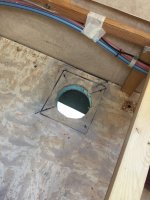 4386F5D2-A5B5-4210-A923-504508AD3B6B.jpeg996.4 KB · Views: 50
4386F5D2-A5B5-4210-A923-504508AD3B6B.jpeg996.4 KB · Views: 50 -
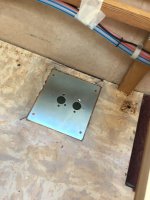 1E8EA972-2B7C-4350-84C7-F4585B4A4650.jpeg790.8 KB · Views: 48
1E8EA972-2B7C-4350-84C7-F4585B4A4650.jpeg790.8 KB · Views: 48 -
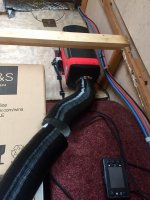 A14FDC4B-215B-43BE-A259-D53430A73D53.jpeg2.1 MB · Views: 52
A14FDC4B-215B-43BE-A259-D53430A73D53.jpeg2.1 MB · Views: 52 -
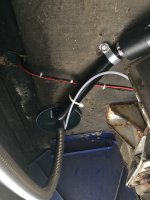 7CD19A14-62A5-4E0F-97C6-EDC6A1E9DEF2.jpeg1.4 MB · Views: 57
7CD19A14-62A5-4E0F-97C6-EDC6A1E9DEF2.jpeg1.4 MB · Views: 57 -
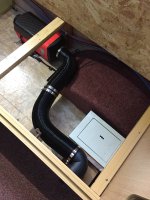 EE45E175-3DEF-4A87-B8F0-6FFFB64FBCB9.jpeg1.3 MB · Views: 53
EE45E175-3DEF-4A87-B8F0-6FFFB64FBCB9.jpeg1.3 MB · Views: 53 -
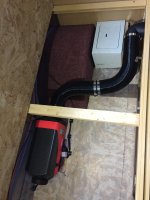 AC6F5CB4-356E-4952-A6C3-A3CEA3A76A4A.jpeg1 MB · Views: 51
AC6F5CB4-356E-4952-A6C3-A3CEA3A76A4A.jpeg1 MB · Views: 51 -
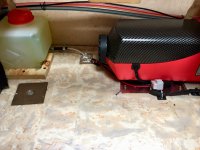 5D8BF12F-97F8-45B7-A67F-5ED0D55F3832.jpeg1.9 MB · Views: 54
5D8BF12F-97F8-45B7-A67F-5ED0D55F3832.jpeg1.9 MB · Views: 54 -
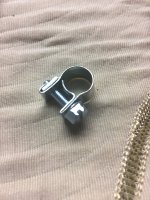 49ED1E12-D896-452C-BCA7-43EFB0C19E7D.jpeg1.2 MB · Views: 54
49ED1E12-D896-452C-BCA7-43EFB0C19E7D.jpeg1.2 MB · Views: 54 -
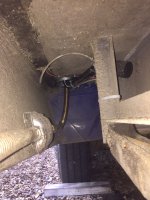 693928EF-9EEE-4F9A-8E23-9F54C3E1EE13.jpeg2.2 MB · Views: 58
693928EF-9EEE-4F9A-8E23-9F54C3E1EE13.jpeg2.2 MB · Views: 58

